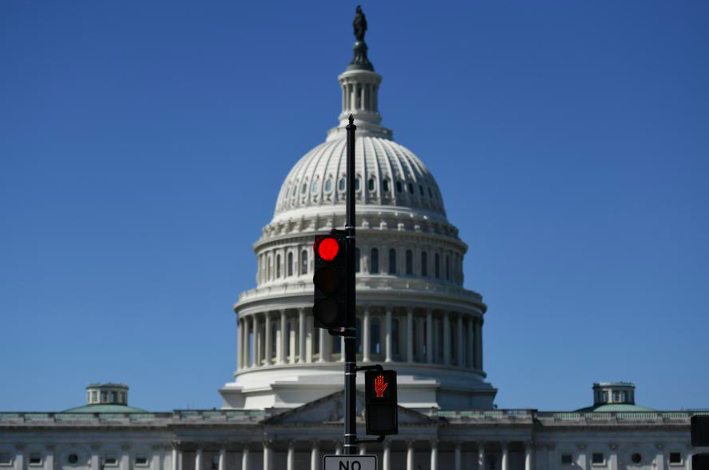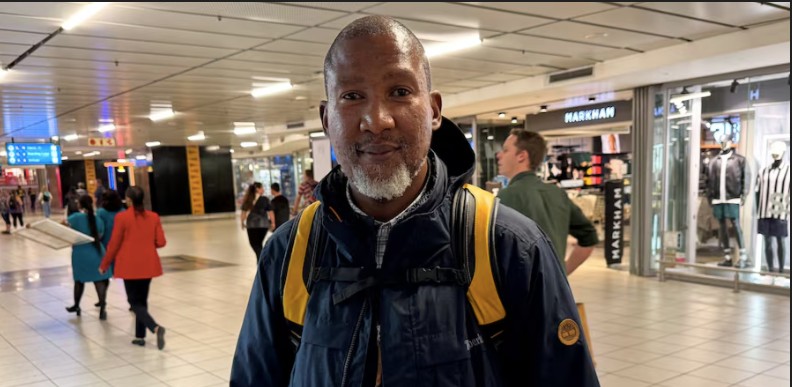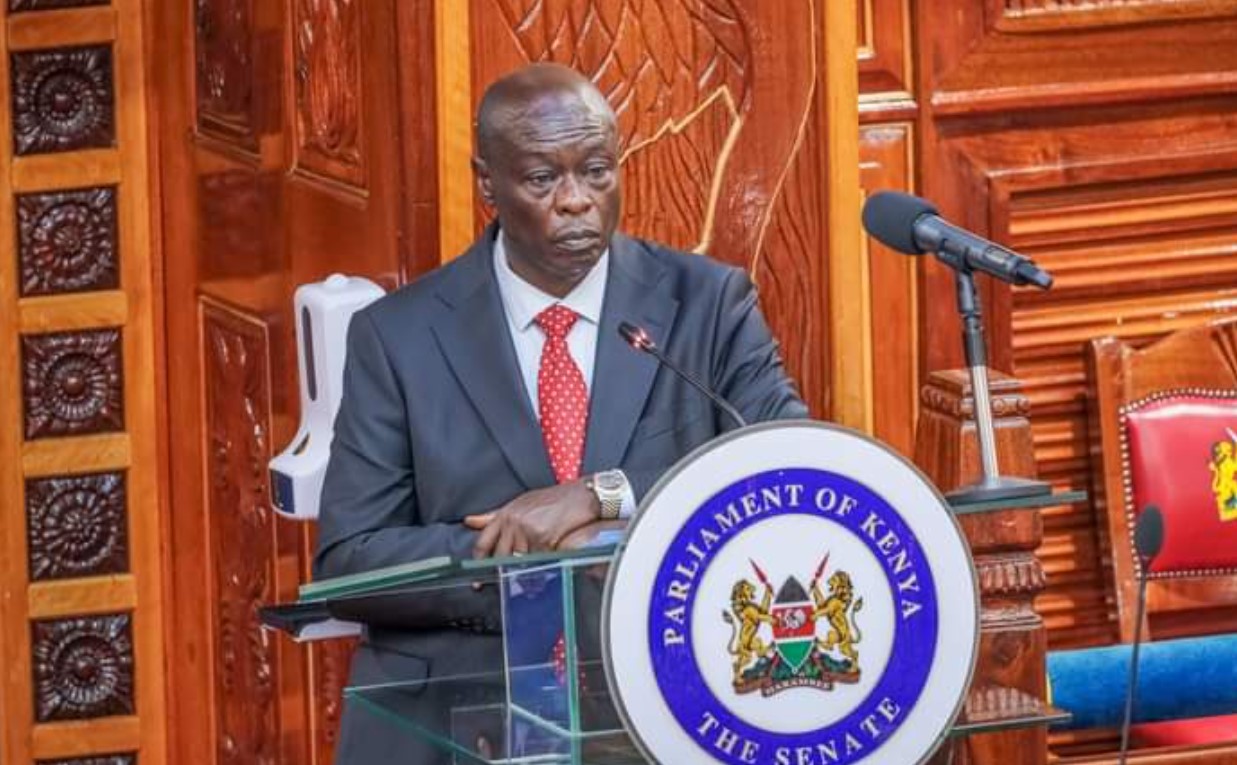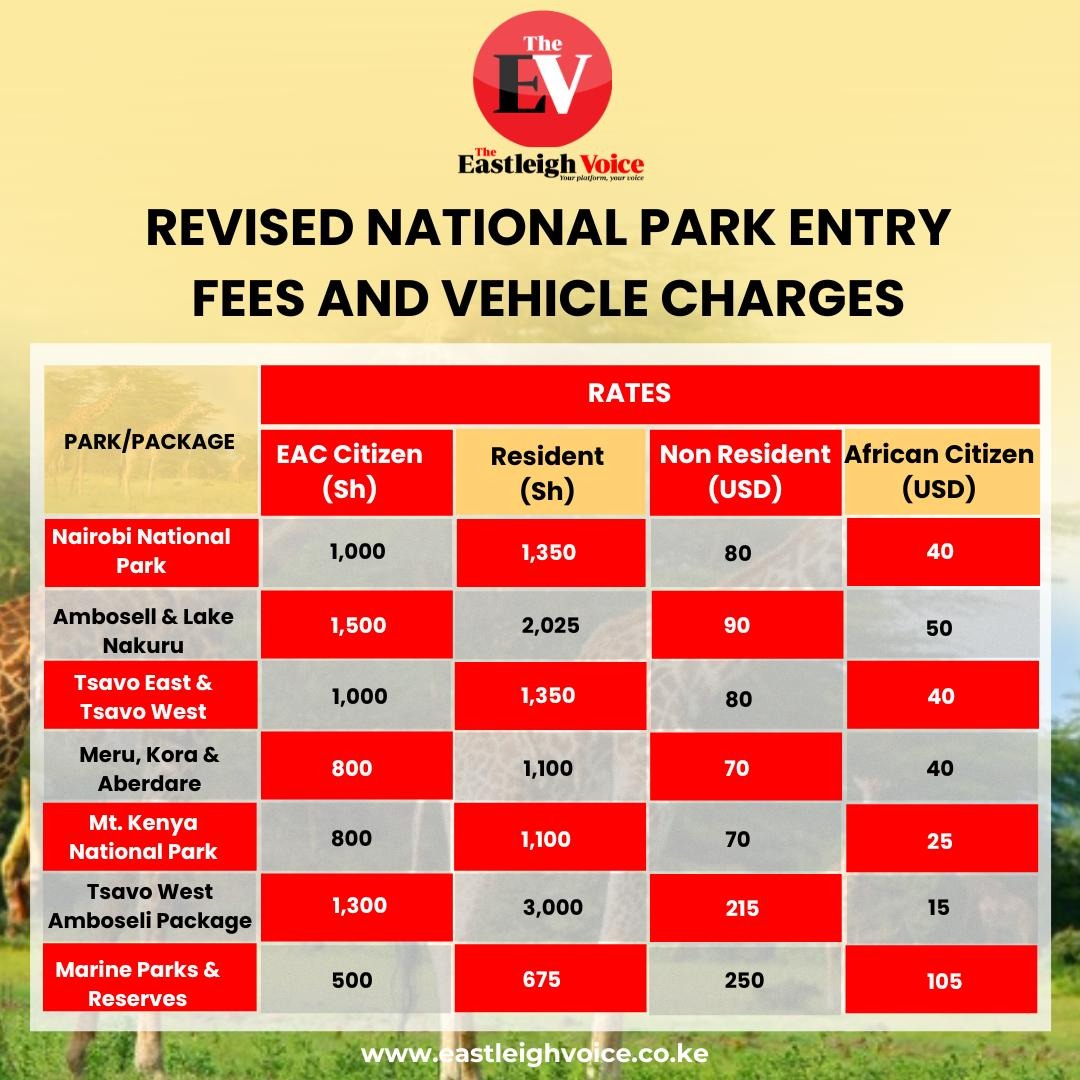Explainer: All you need to know about US gov't shutdown and its global impact

This explainer breaks down what caused the shutdown, how it is affecting people in the US and why the ripple effects are being felt as far away as Kenya.
The United States government officially shut down on Wednesday after Congress failed to pass a temporary funding bill, driving the Donald Trump-led nation into yet another political stand-off.
The shutdown has forced hundreds of thousands of federal employees into unpaid leave or work without pay, while several public services have been disrupted.
More To Read
- Trump administration supports one-year extension of AGOA trade programme
- US Embassy in Nairobi scales back operations following government shutdown
- Ruto rebukes Trump’s climate denial at UNGA, says facts are irrefutable
- US to Ruto: Washington can’t fund Kenya-led Haiti security mission alone
- Kenya, US to run 4x400 relay rerun at Tokyo World Championships
- Kenya defends Sh271 million image-laundering gamble in Washington
This explainer breaks down what caused the shutdown, how it is affecting people in the US and why the ripple effects are being felt as far away as Kenya.
Why did the shutdown occur?
The immediate cause of the shutdown was the failure of the US Senate to pass a short-term budget deal. The Senators had tried and failed twice earlier in the week to agree on a solution that would have kept the government running.
At the centre of the dispute is healthcare funding. Democrats want more resources directed toward health programmes, while Republicans accuse them of trying to provide free healthcare to undocumented immigrants.
The argument has grown into a bigger battle over how government money should be spent, with both sides refusing to back down.
What it means for Americans
While some critical services such as national security, military operations and air traffic control will continue, many others face disruption. National parks, museums, and some government offices are expected to close or scale down operations.
The 2018–2019 shutdown, which lasted 35 days, cost the US economy about $3 billion (Sh383.3 billion). This time, the Trump administration has hinted it may go further by permanently cutting programs and jobs it considers non-essential, creating fears about job losses among government workers.
A history of shutdowns
This is the United States' 15th government shutdown since 1980. The longest was the 2018–2019 standoff, when a fight over border wall funding kept nearly 800,000 federal employees without pay for over a month.
The latest shutdown is another example of the political deadlock in Washington, where fights over the budget often halt government operations. Both parties are trading blame, with Republicans accusing Democrats of blocking funds and Democrats blaming Republicans for endangering healthcare access.
The effects of the shutdown are not limited to the United States. In Nairobi, the US Embassy announced it had suspended regular updates and certain official business due to the funding cut.
"Due to the lapse in appropriations, this X account will not be updated regularly until full operations resume, with the exception of urgent safety and security information," the US Embassy in Nairobi said in a statement on X on Wednesday.
American embassies worldwide have issued similar notices, reflecting a coordinated response to the development. Although visa and passport services are still expected to continue, reduced staffing could mean delays.
More significantly, US-funded programmes in Kenya, covering health, food security, and education, could be disrupted if the shutdown drags on.
Kenya's economy could also feel indirect pressure. A prolonged stand-off may weaken investor confidence, slow trade talks, and affect benefits linked to agreements like the African Growth and Opportunity Act (AGOA).
Republicans have suggested a short-term extension of government funding tied to extra security spending. However, the measure needs support from Democrats to pass the Senate.
Top Stories Today















































